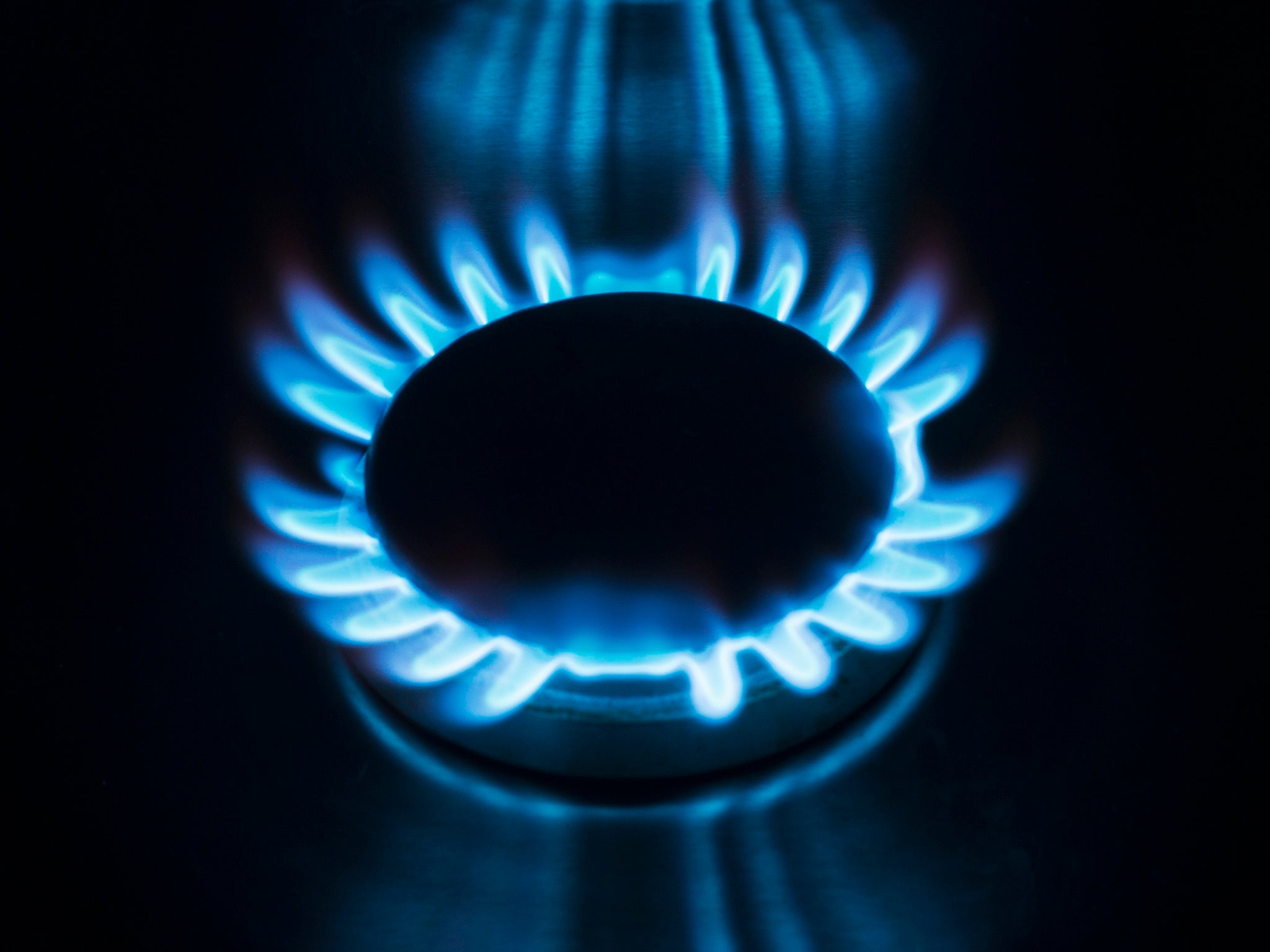Solving a crisis – energy or climate – needs big government
The surge in gas prices just weeks before the Cop26 climate summit is a reminder that rationing energy use raises big questions only states can answer, writes Phil Thornton


When it comes to the climate emergency and the energy crisis, the UK government has taken two contrasting approaches.
En route to the United States to meet president Joe Biden last week, Boris Johnson warned bluntly that some major governments needed “to do much more” if November’s climate summit in Glasgow was to succeed in achieving the ambitions set out in the 2015 Paris Agreement.
But with household gas prices set to spiral, the prime minister appeared confident that this was a short-term problem that would be resolved by the self-interested cooperation of suppliers in a free market.
In fact, both of these crunch points require government intervention. On the European continent, intervention on energy prices has been very visible. Italy is intervening to lower bills, while the French state is sending money to consumers already receiving help to pay their bills. Spain has gone further with plans to divert some £2.6bn from energy firms’ profits towards consumers. The UK will at some point probably have to take action to protect the poorest households.
On one level, the energy crisis could hardly have come at a worse time. Just five weeks ahead of the start of the Cop26 summit it is a reminder that higher prices will have to be part of the policy mix that incentivises households and businesses to move away from more polluting fuels.
The reality is that pricing will have a major role to play. Governments can back this up by agreeing on a price – better seen as a tax – that emitters must pay for their carbon output.
The International Monetary Fund has suggested a price floor of $75 a ton for advanced economies by 2030, $50 for high-income emerging market economies such as China, and $25 for lower-income emerging markets such as India.
To put that in context, only about a fifth of global emissions are currently covered by pricing programmes, and the global average price is only $3 a ton. There is a long way to go.
Politicians are, of course, aware that a carbon tax will inflict costs on voters. The jump in gas price is a foretaste of the impact across the economy from future measures such as a carbon tax.
Prices will go up across the board affecting obvious purchases such as cheap airfares to Europe as well as items such as clothes, meat and coffee which depend on low-cost transport.
There will be offsetting benefits. Higher energy prices, for example, will provide incentives for investment in renewable energy sources and technologies.
Governments will have an opportunity to use revenues from carbon taxes to both make payments to poorer households to offset their costs, and also to deliver visible improvements in areas such as public transport.
But it is also essential that the government communicates that these payments and investments are dividends from a carbon tax.
How is this relevant to the current energy crisis? The answer is seeing the opportunity to make the case for investment in low-carbon solutions.
The government must ensure renewable energy sources are viable and become a dominant source of supply of household energy. The recent crisis reminds us that around 85 per cent of the UK’s domestic heating comes from natural gas.
There has been some progress in recent years: the cost of offshore wind power reached a record low in 2019 while renewables made up a 43 per cent share of UK power generation in 2020, generating more electricity than fossil fuels in the year.
But there have been retrograde steps recently. A government block on onshore wind farms put in place six years ago was only lifted last year. A scheme to offer Green Homes Grants to households to improve energy efficiency was scrapped after improving less than a tenth of targeted homes.
The government therefore needs to focus on reversing these trends by building a strong domestic renewable energy sector to further reduce our reliance on fossil fuels.
Given that roughly a seventh of the UK’s carbon emissions come from heating our homes, reinvigorating the programmes to insulate homes and so help households reduce their energy use should be a priority.
This will create scores of high-skilled new jobs that will also be needed to remove gas-fuelled boilers and instal heat pumps. In many cases, this will involve retraining of existing staff such as heating engineers as will the switch in production from petrol-fuelled to electric cars.
The International Labour Organisation believes this green transition will actually have a positive impact on overall employment. Its report into climate employment found that, globally, measures taken to increase the production and use of green energy, for example, would lead to the creation of some 24 million jobs but job losses of around six million – a ratio of six green jobs for every brown one.
But this agenda will require financial subsidies and regulatory intervention. The last 18 months have shown that when faced with a crisis, people expect that the government will use its financial muscle and legal powers to help solve the problems that individuals cannot alone.


Join our commenting forum
Join thought-provoking conversations, follow other Independent readers and see their replies
Comments